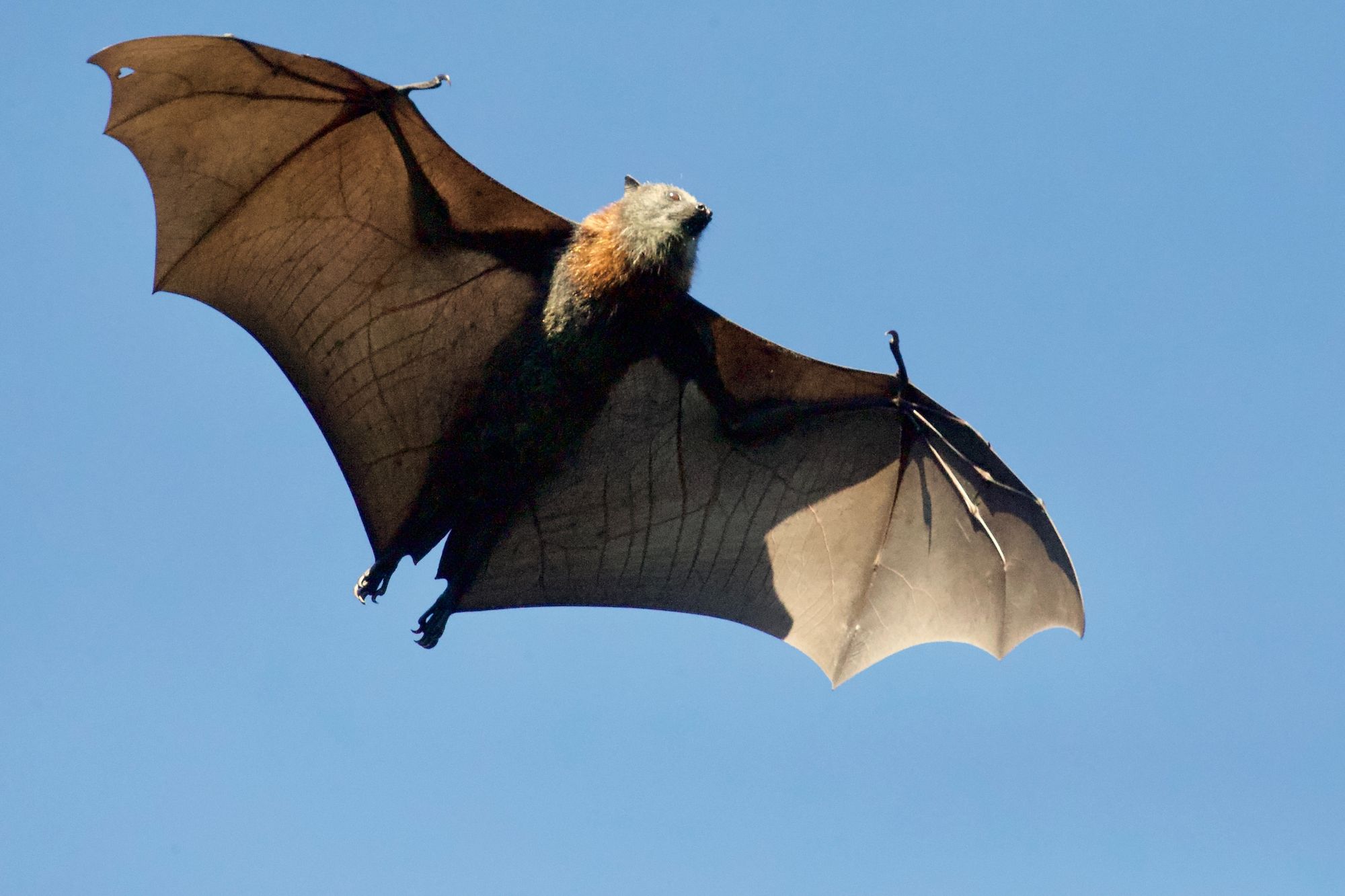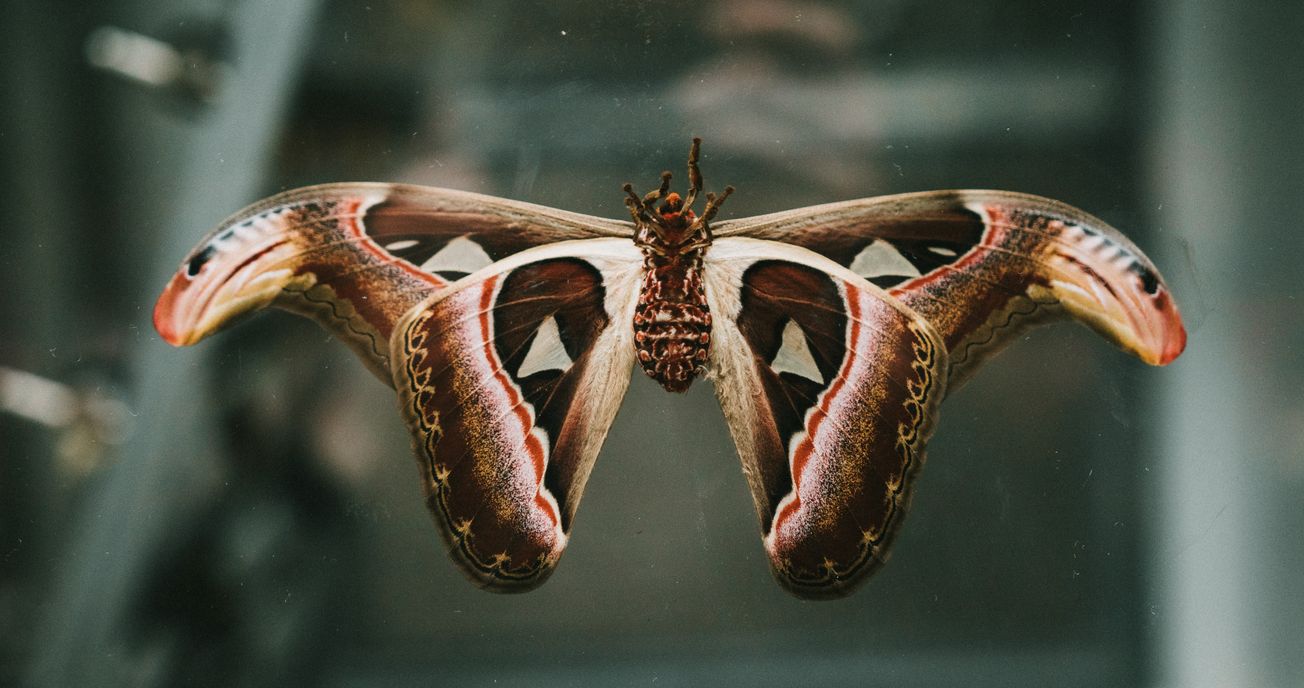By James Emery, SciTech Deputy Editor
How much do you know about the evolutionary battle for sound supremacy being fought between bats and moths? Researchers at the University of Bristol share their groundbreaking discovery.
In a novel study, a team of Bristol researchers found ripples and folds on the forewings of certain silk moth species that acted as hemispheric and corner retroreflectors. These retroreflectors strongly reflect sound back to its point of origin. This means that when a bat hunts the moth using echolocation it is attracted to the echoes from the wingtip, rather than the vulnerable body, giving the moth chance to survive.
The combination of these two reflectors creates a massive range of incident sound angle which means that throughout the entire wingbeat cycle of the moth, the wingtip would consistently reflect the sound the strongest.

Although previously undiscovered in these silk moths, acoustic decoys are not a new phenomenon, with towed acoustic decoys being well-established in many species. Towed decoys are formed by the structure of the hind wingtips, with them usually being elongated and having a coiled and twisted end. This complex structure is again what causes the powerful echo that grabs the bats attention and leads it astray from the moths body.
However, it was the question of how moths that lacked the hindwing structure were still able to avoid hunting bats, which led to this discovery. Dr Thomas Neil, lead author of the paper, noted how: 'There are many silk moths that do not have these elongated hindwings, and we were interested in how they might protect themselves from bats.'
'Through our research we discovered that there are many silk moths that have rippled and folded structures not on the tips of their elongated hindwings but on the tips of their forewings. These resembled the twisted hindwing structures seen in other moths and so we wanted to know if they might also serve as an acoustic decoy to thwart a bat’s attack.'

The Bristol team carried out this research by using novel acoustic tomography analysis where they recorded the echoes from moths from over 10,000 different angles. They then compared whether the echoes coming from the wingtips were stronger than those coming from the body. This indicated that they were in fact acoustic decoys.
The protection garnered from the decoys on the forewings was shown by the researchers to be even stronger than that given by the more common hindwing decoy. In the next stages of the study, researchers now intend to collect behavioural data to support their lab findings and determine whether decoys do in fact give the moths a survival advantage.
The structure of moths wings reveals the secret to how they outsmart bats
The insect mothers that give birth to babies as large as themselves
This research may additionally have wider real-world implications if the findings can be applied to the improvement of man-made anti-radar and sonar decoy architectures. As research continues to take place at Bristol, time will tell whether we may be able to learn a thing or two from moths.
Featured image: Unsplash/Frankie Mish
Who would have thought that the structure of a moth's wingtip could be so complex!









